THEMATIC TOUR
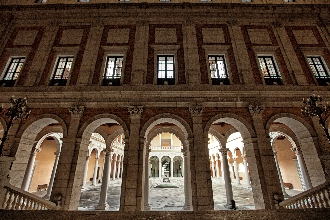
The Permanent Exhibition of the Army Museum is placed in the interior of the Alcazar Building and consists of thirteen thematic halls, in which specific collections are exhibited, and eight halls of historical itinerary that present a chronological journey through the military history of Spain.
The thematic halls are located in the ambulatory (Floor T2) and basement (Floor T1), while the historical itinerary halls occupy the sixth (Floor H1) and seventh floors (Floor H2)
All the exhibition halls of the Museum have museographical support elements that help bringing the public closer to the collections exhibited and to understand the story narrated through their display. The said elements are models, manipulatives, sceneries, projections, dioramas, audiovisual aids, etc. All these resources are contextualized within the developing of the expository speech to make its understanding easier for the visitors.
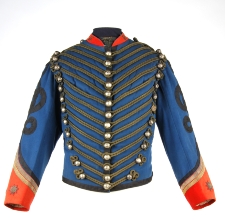
The current Army Museum is the result of the union of the museums of the different branches of the Army. Its origin dates back to 1803, year in which the Royal Military Museum was established. Over more than two hundred years, the military museums underwent changes of locations and ownership until they united in the Palace of the Buen Retiro in Madrid.
The hall of the history of the Army Museum recreates some elements that identified that Palace: Arab plaster works, Renaissance ceilings and stained glass windows from the 19th century are the framework in which are exhibited the items that, at the time, formed part of the exhibition discourse of the Palace of the Buen Retiro.
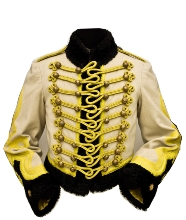
The collection exhibited in this hall is made up of complete uniforms, single garments, emblems, badges, and accessories. The history of the uniform is represented both by original clothes and historical reproductions, which allow seeing the evolution of uniforms from the 15th century to the present day.
From the Habsburg age we can see the documented outfit of a Musketeer assigned to the Regiment of Savoy (Tercio de Saboya) or that of a Cavalry Private of the Detachment of Milan (Trozo de Milán), both from the 17th century. During the 18th century, due to the influence of the House of Bourbon, a dress code inspired by the French customs is adopted and maintained until the enthronement of Ferdinand VII, when English-style uniforms become widespread. From that moment on, dress code regulation establishes the following categories: service uniforms, mess uniforms, dress uniforms, summer uniforms and even a full dress or ceremonial uniform is created for special occasions. All of them are represented in the hall. In the early 20th century some khaki garments start to be used in summer uniforms. This color will eventually prevail and it is still today the color of choice for Army service uniforms.
Among the original parts are worth mentioning those of soldiers of the 19th century, such as the dress coat of the LTG Francisco Espoz y Mina or the brigadier uniform of the Field Marshal Joaquín Bouligny y Fonseca.

The armory of the Medinaceli Ducal House was created in the 18th century and bequeathed to the Museum in 1957. Consisting mostly of pieces dated from the 15th, 16th and 17th centuries, it includes an important set of combat half armors, breastplates and back plates lacking in ornamentation because they were intended for combat. These collections differ from the parade armors belonging to the third Duke of Feria and from the jousting barding that belonged to the Duke of Alcala de los Gazules, carefully decorated since these pieces were examples of luxury and of the social position of their noble owners.
There is an exhibition in the hall that includes artillery pieces, flags, standards, cold weapons and firearms; among the latter, the collection of matchlock muskets from the 16th and 17th centuries is especially remarkable. The Medinaceli Collection is completed with a set of daily use and decorative objects like dance canes or sculptures, even the model of the ninety-two cannon vessel called “San Rafael”.

Antonio Romero Ortiz, writer, politician and a great collector from the second half of the 19th century, created in 1870 a small museum which his niece, Josefa Sobrido, bequeathed to the Alcazar of Toledo in 1922. This ensemble is an outstanding sample within the history of collecting in Spain and it constitutes a collection with a personality within our museum’s core.
In the hall there is a studied selection of items from the varied collection, already organized in the General Catalogue from 1888, as Weapons, Historical Objects, Ancient Curiosities and Art Pieces, Natural History Curiosities and Albums and Papers in general. In the hall we find porcelains, oriental and Chinese art pieces, African weapons, uniforms, a magnificent specimen of a Japanese armor, albums and documents related to historical personages as important as the Philip II’s Royal Document dating from 1554.
In the central showcase, a large medal panoply shows 140 pieces out of the 1339 which constitute the collection and commemorate different historical events from the 16th to the 19th century.
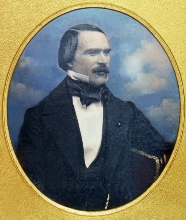
In this hall are exhibited photographic cameras property of the Spanish Army, together with an ensemble of pieces that show the evolution of the photographic techniques from late 19th century to mid-20th century.
Portraits of historical personages, renowned soldiers and important events in the history of Spain are reflected in the first photographic reports which started in the second half of 19th century. In the hall we find works by great photographers like Adolphe Disdéri, Jean Laurent, José Ortiz Echagüe or Jalón Ángel, among others.
The photographic images constitute important historical documents, as it is witnessed by the BUFA Agency photographs, a testimony of the First World War; by the pictures of armed and colonial conflicts in which Spain took part or by the group of pictures of the Spanish Civil War.
The tour through this small hall ends with a selection of interesting Cartes de Visite and portraits of military soldiers from early 20th century.

The collection of ethnography takes shape during the 19th and 20th centuries thanks to the soldiers posted in the Spanish colonies who collected curiosities and exotic objects. Many of these were gifts, purchases or trades made with seamen or travelers, in the framework of overseas expeditions at the end of the 19th century. The items kept are firsthand proof of the material culture of the different peoples, especially those from the Pacific Islands, China and Japan, South America and Northern Africa.
The ethnographic pieces from the Pacific Islands focus especially in daily life objects, as the set of carved wood spoons and saucepans and those related to beliefs and ceremonials. Among the latter, it is worth mentioning the so called tatanua mask, which represents one of the three souls possessed by men and has a detailed finish which blends carved wood with vegetable fibers and a rich polychromy, or the ceremonial carving called malagan, linked to the ceremonial ritual of the same name which combines the celebration of the dead and the initiation of the adolescents. Lastly, within the Romero Ortiz Collection and linked to the defensive pieces, an extraordinary sample of a “Kurab a kulang” Philippine armor is kept; it is made of carabao’s horn plates and has a front clasp with hooks in embossing silver.
With regard to the group of objects linked to oriental cultures, we must emphasize that many of them are part of the Romero Ortiz Collection, especially those pieces related to decorative arts, as the delicate cloisonné, Qing dynasty Chinese vase. The Museum keeps seven full Japanese armors decorated with golden dust on lacquer and striking laces in silk and cotton. Originating from China are the series of figurines and Buddhist deities, and, from the Tibet, the ritual dagger in bronze, with an anthropomorphic handle and an iron, three-triangular-prong blade.
From the American continent we highlight a magnificent Mexican armor from the 17th century, and, from Northern Africa, pieces specially linked to the material culture of the areas which were under Spain’s protectorate, Morocco and Sahara. Among them, pieces for domestic use, as bronze trays and teapots, remarkable samples of Berber pottery, and a gold-bound copy of the Quran in mint condition.
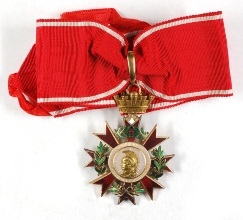
This hall exhibits the military and civilian decorations that have been awarded to Spanish Army members and prominent figures of social life, from the beginning of the 19th century up to the present days, in recognition of extraordinary achievements or virtues, on an individual or collective basis.
The showcases show examples of crosses, plaques and sashes both of the Order of Civil Merit and the Order of Military Merit. The Order of Charles III and the Order of Isabella the Catholic, both civilian orders, are awarded for great merit to the nation; the hall keeps some examples of a great documental and artistic value.
Among the Military Merit Orders and Decorations, the most important is the Order of Saint Ferdinand (Orden de San Fernando) with its individual and collective Laureate Cross of Saint Ferdinand (Laureada) medal. This one is the most distinguished decoration and rewards heroic bravery. It is awarded in recognition of action, either individual or collective in the face of immediate risk to the bearer or bearers’ life or lives. The hall exhibits, in showcase no. 5, the Laureate Crosses of Saint Ferdinand bestowed in different periods and always for demonstrated bravery and service to the nation.
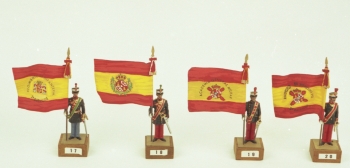
The museum has about 40,000 individual figurines, coming mostly from important collectors and manufacturers’ donations. In the hall are exhibited, as well, figurines in military parades and scenes of historical interest on decorated sceneries called dioramas.
The collection of miniatures of the Army Museum consists of flat figurines in tin sheets, mid-relief figurines with a specific depth and very-high-relief figurines, tridimensional, most of them in lead.
In the hall are exhibited as well figurines made of other materials, such as plastic, tinplate, resin, or a mixture of sawdust, resin and glue. Even wood was used to elaborate miniatures, like the ones belonging to the Tello Collection, exhibited in showcase no. 7. The Army Awards, granted since 1982, are witness of a fine example of how these materials are currently used. The Museum exhibits both figurines and dioramas to which these awards have been granted, within the category “Miniatures”.

The History of the Alcazar of Toledo dates back to pre-Roman times. The building was transformed over time and it adapted to the needs of each era. Those periods are represented in the hall through a selection of items which illustrate the history lived in the building.
The chronological itinerary begins with the first archaeological remains found in the Alcazar itself, standing out among them some ceramic fragments from medieval times. Juanelo Turriano’s bust and the recreation of a palace corner bring us closer to the Renaissance Alcazar, while the arrival of Charles III and the Enlightenment are present in its royal coat of arms, as well as in medals and engravings of that time. Photographs of the fires that broke out in the 19th century, documents, sculptures, uniforms, illustrate this upheaval time in the history of Spain. The first half of the 20th century is marked by the siege suffered by the building in 1936 and its reconstruction after 1940. Collections of a very different nature are testimony of these events, the communications equipment, the Harley motorcycle or Colonel Moscardó and General Asensio’s uniforms, among others.
From this moment, the halls of the building were used as Military Government, and as seats of the Romero Ortiz Museum and the old Museum of the Siege. The sculpture of the Angel of the Alcazar, which closes the hall itinerary, is a hidden message to the present day in which a new museographic project begins the way of the new Army Museum in the year 2010.
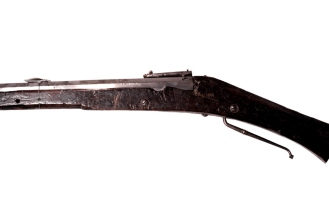
The Army Museum has about 5000 pieces that conform one of the largest collections of firearms in the world. These are mainly regulation firearms which can be used by the armies in all the world’s countries. There are also civil firearms, mostly luxury, which are outstanding both for their technical quality and for the materials they are made of.
In the hall we find the first portable firearms, like the hand culverins, harquebuses and muskets, witnesses of the first ignition weapons, where the use of different types of locks can be observed: matchlock, wheellock, flintlock and, from the 19th century on, the inclusion of the percussion system.
An important variety of items serves to understand the systems of breech-loading, repetition, rifled-bore, moving on from gunpowder to cartridges and metallic projectiles. Lastly, automatic and semi-automatic firearms are also present.
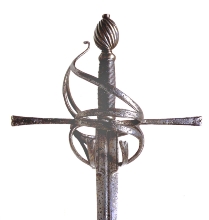
The Collection has approximately 4300 pieces, which are a reflection of the evolution of this type of armament until these days. It is worth mentioning the set of renaissance and baroque, non-regulation swords, with different types of hilts: quillon hilt, diagonal ring hilt, swept hilt, shell hilt and cup hilt, as well as the main-gauche and sail daggers.
The first regulation cold weapons date from the 18th century. Manufactured, many of them, by swordsmiths from Toledo and by the Royal Firearms Factory of Toledo, founded by Charles III in 1761. This factory would send over, to the Royal Army Museum and later to the Army Museum created in 1803, a specimen of each of the weapons produced. Thanks to this, our museum possesses one of the most complete collections of regulation weapons from the 19th and 20th centuries, of which a significant sample is exhibited in this hall.

The Army Museum has one of the best and more complete collections of artillery in the world. In the hall, we find pieces dating from mid-14th century on, like falconets, ribadoquins and bombards. In the 16th century appear the bronze cannons while, from the 17th century on, the Ordinance Artillery unified the models for cannons.
From the second half of the 19th century on, appears the rifled-bore and breech-loading system, as well as the use of steel to manufacture pieces with different types of lock. In the hall are also exhibited models and mock-ups, as well as machineguns from the 19th and 20th centuries.
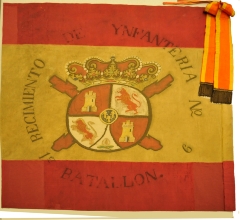
The Vexillology collection gathers about 2500 pieces and includes all the flags, pennants, guidons, standards and banners kept by the Army Museum.
In the hall, a studied selection of pieces allows following the evolution of the Spanish flag since the 18th century, starting with the white flags, up to the red-and-yellow ones, which became official since 1843. It is worth mentioning the exhibition of a display of the Civil War flags, from both sides, as well as the current flag, institutionalized since the start of the democratic period.
In the hall are also exhibited awards granted to the flags of the Units: ribbons, crosses, medals and even laudatory mottos for their service.
Images
-
Malagan carving of the Melanesian culture. 1801
 PATRIMONIO ETNOGRAFICO
PATRIMONIO ETNOGRAFICO -
Phurba dagger. Tibet. 19th century
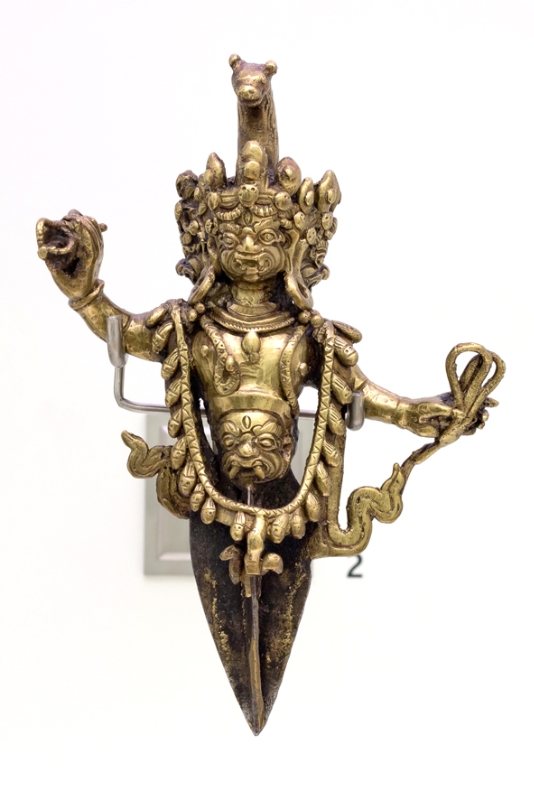 PATRIMONIO ETNOGRAFICO
PATRIMONIO ETNOGRAFICO -
Anafre (oven). Morocco. 20th century
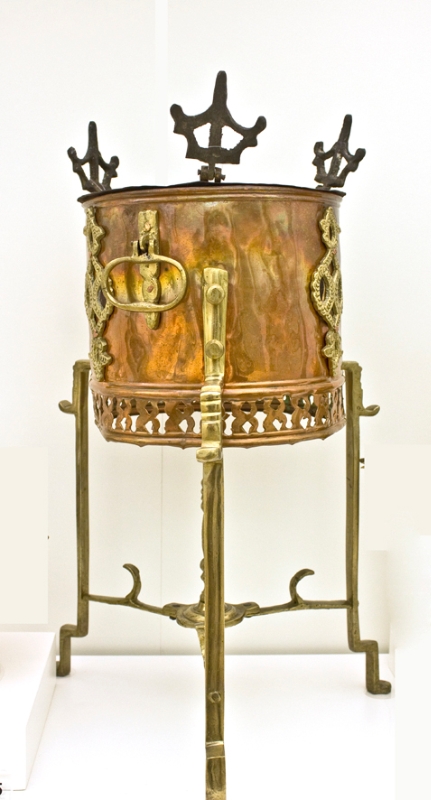 PATRIMONIO ETNOGRAFICO
PATRIMONIO ETNOGRAFICO -
Do-Maru type Japanese armor. Edo period. Japan. 1630-1638
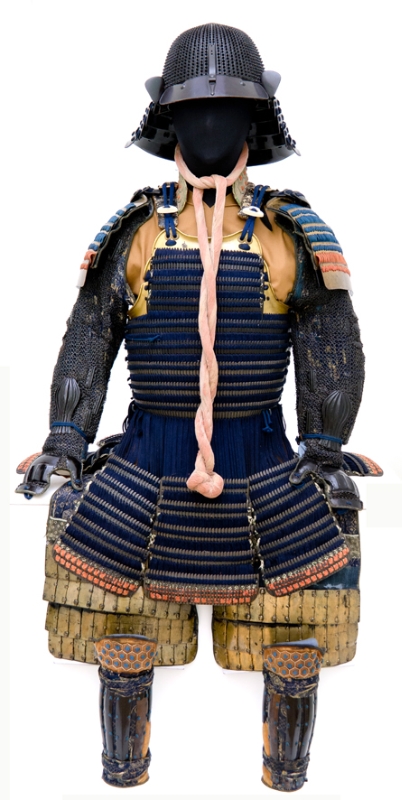 PATRIMONIO ETNOGRAFICO
PATRIMONIO ETNOGRAFICO -
Commemorative medal of the voyage to Spain of King Amadeo I of Savoy
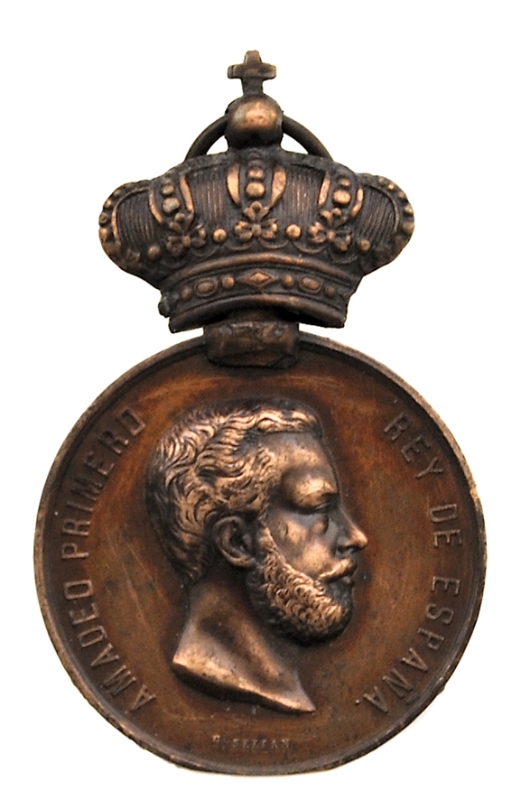 MUSEO ROMERO ORTIZ
MUSEO ROMERO ORTIZ -
Chilling glass belonging to General Francisco Espoz y Mina
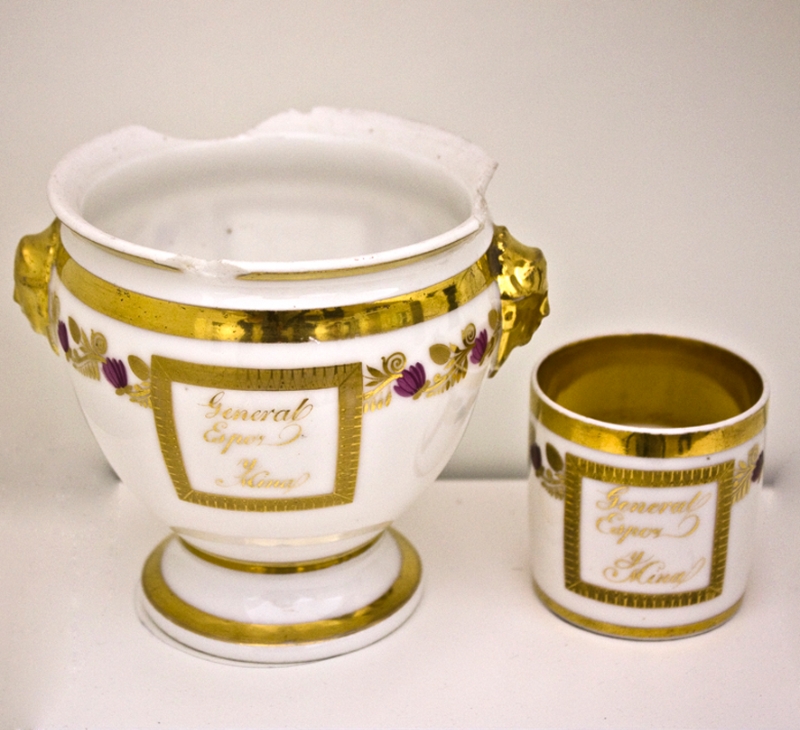 MUSEO ROMERO ORTIZ
MUSEO ROMERO ORTIZ -
Dragon-shaped ceremonial vase with handle
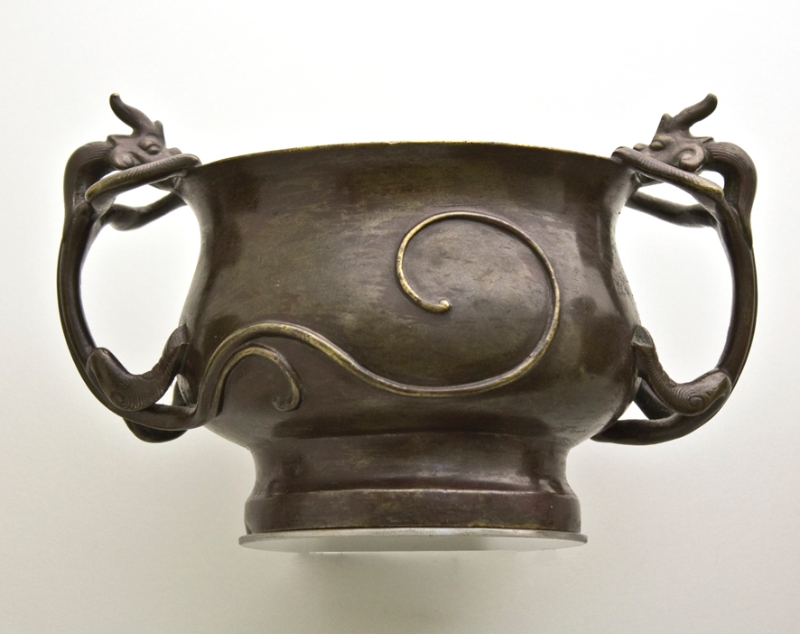 MUSEO ROMERO ORTIZ
MUSEO ROMERO ORTIZ -
Private mess uniform of the 12th Cavalry Chasseurs Regiment Lusitania. 1909
 LA UNIFORMIDAD DEL EJERCITO ESPAÑOL
LA UNIFORMIDAD DEL EJERCITO ESPAÑOL -
Lieutenant Colonel mess uniform. 1943
 LA UNIFORMIDAD DEL EJERCITO ESPAÑOL
LA UNIFORMIDAD DEL EJERCITO ESPAÑOL -
Miniature of Spanish Army Cavalry in Africa. Melilla 1909
 LAS MINIATURAS
LAS MINIATURAS -
Detail of the extraordinary culverin “Nuestra Señora de Guadalupe”. 1666
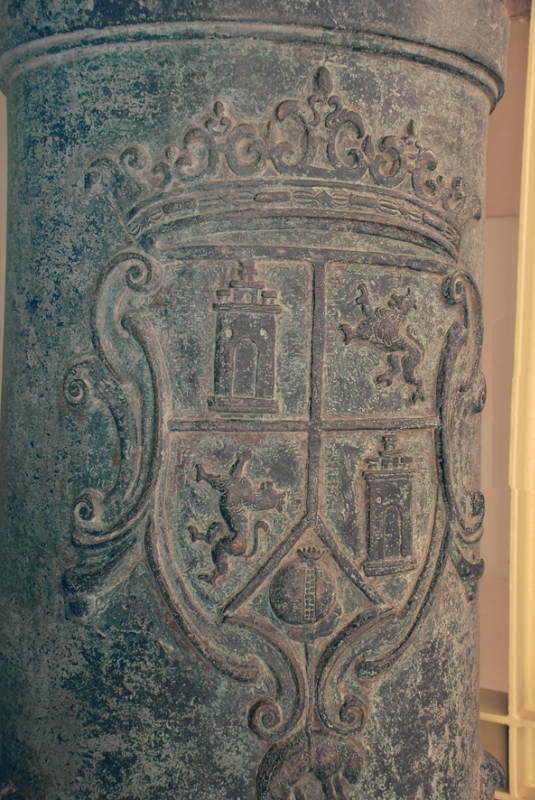 HISTORIA DE LA ARTILLERIA
HISTORIA DE LA ARTILLERIA -
Detail of the extraordinary culverin “Nuestra Señora de Guadalupe”. 1666
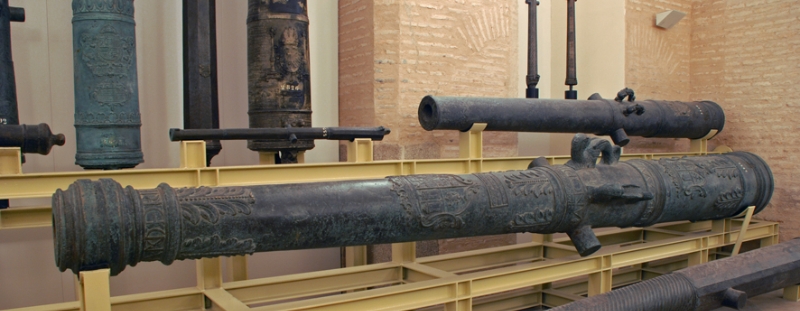 HISTORIA DE LA ARTILLERIA
HISTORIA DE LA ARTILLERIA -
Commander’s standard of the 2nd section, 1st Catalonian Legion. 1809-1811
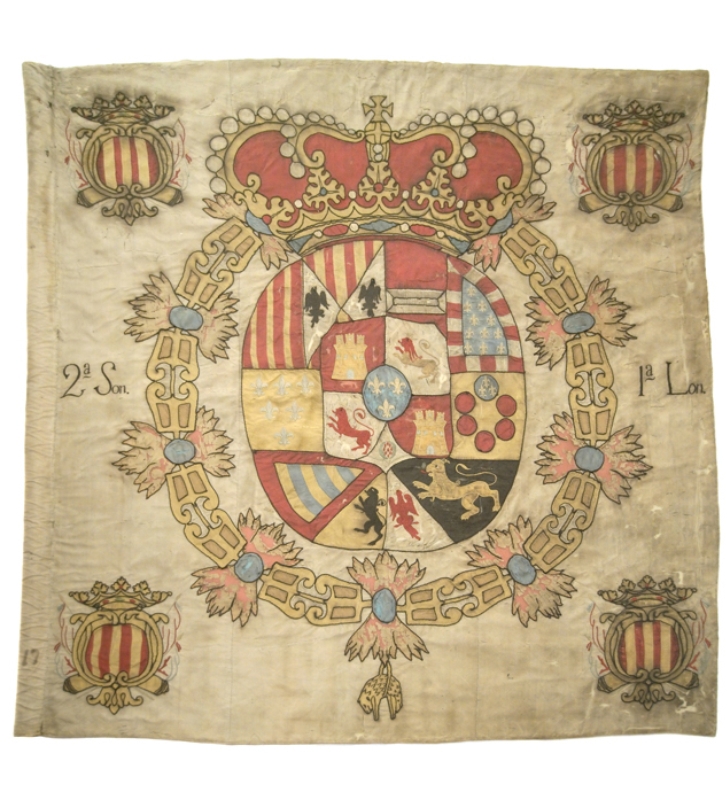 HISTORIA DE LAS BANDERAS
HISTORIA DE LAS BANDERAS -
Jager hunting wheellock carbine
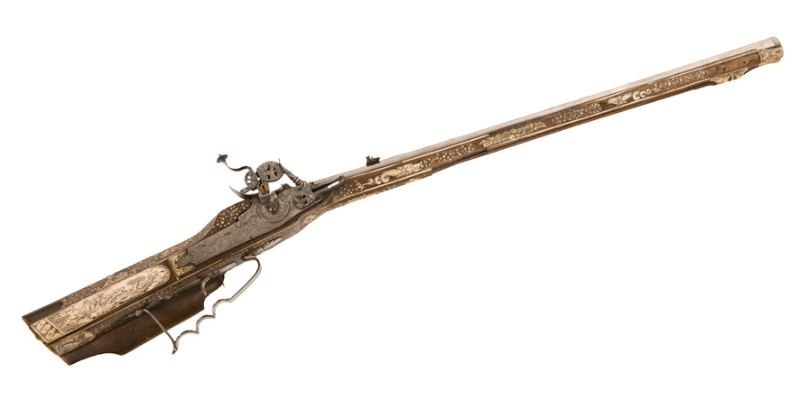 HISTORIA DEL MUSEO
HISTORIA DEL MUSEO -
Portrait of Lieutenant General Don Joaquín Navarro Sangrán
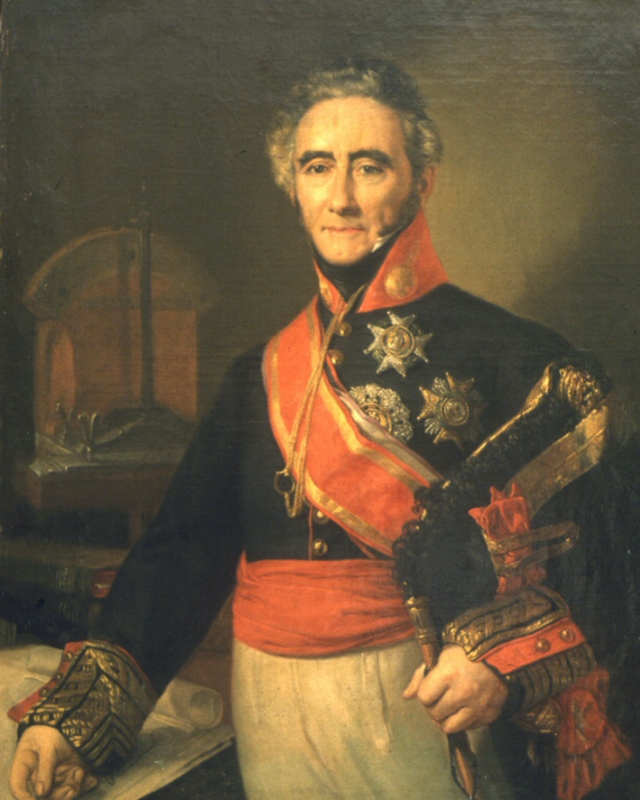 HISTORIA DEL MUSEO
HISTORIA DEL MUSEO -
Necklace with miniature decorations
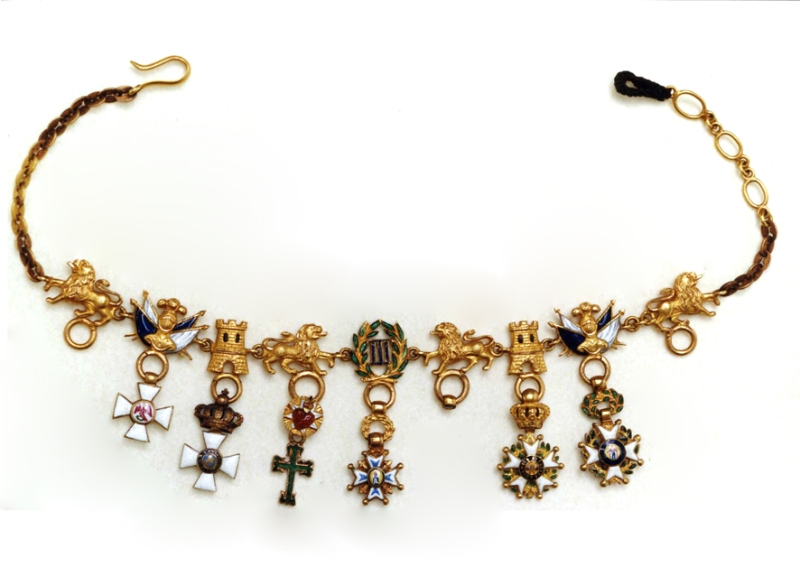 HISTORIA DEL MUSEO
HISTORIA DEL MUSEO -
Miniature portrait of an Infantry Captain of the 11th Regiment Soria
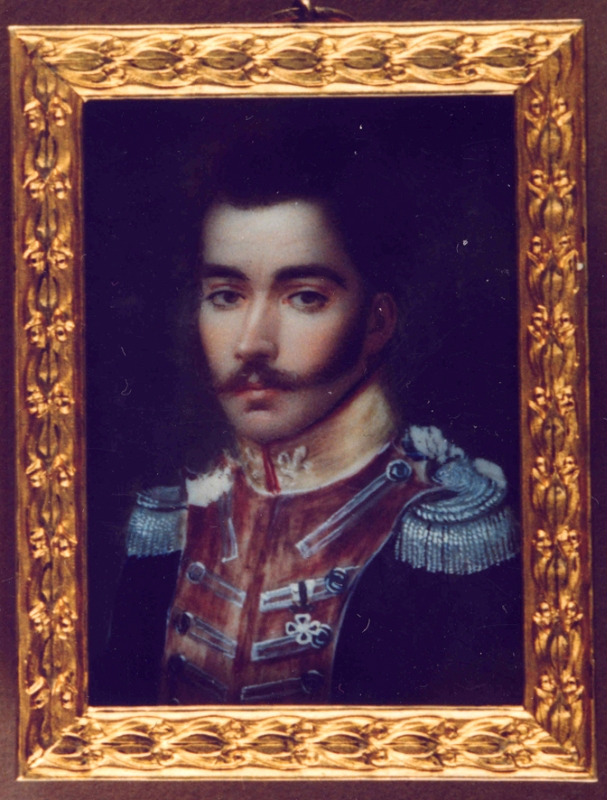 HISTORIA DEL MUSEO
HISTORIA DEL MUSEO -
Recognition scroll awarded to the Subdirector of the Infantry Museum Don Hilario González. 1935
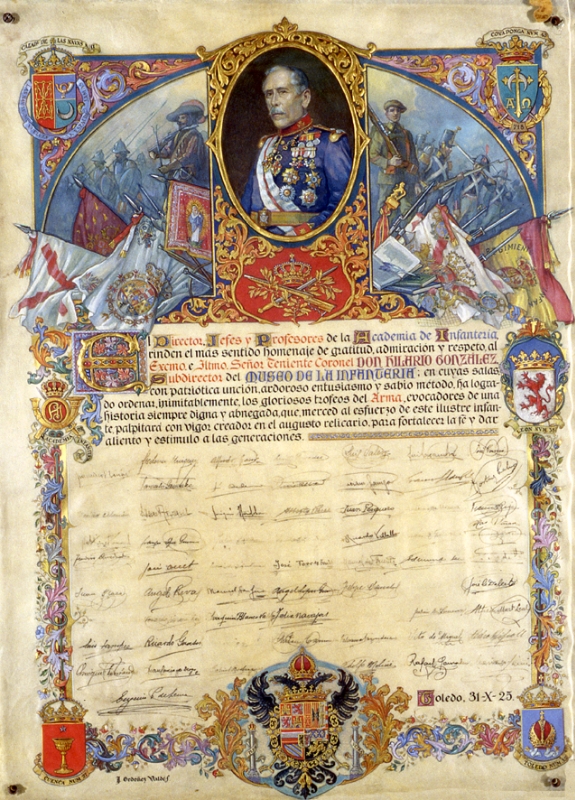 HISTORIA DEL ALCAZAR
HISTORIA DEL ALCAZAR -
Bas-relief bust of Alfonso XIII attributed to Mariano Benlliure. 1929
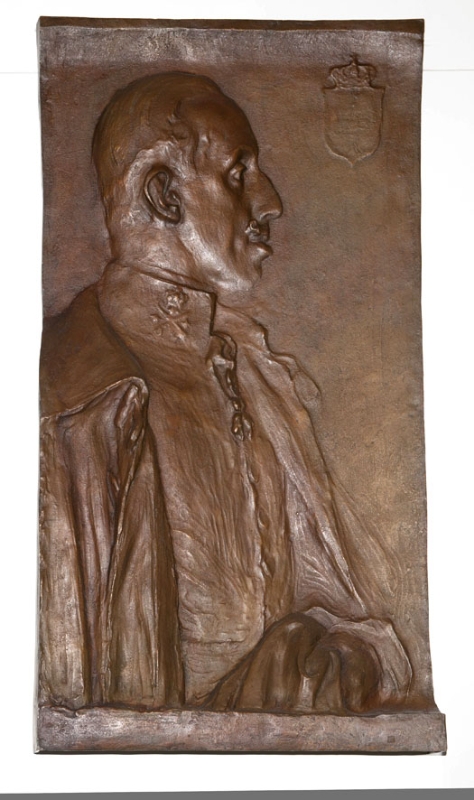 HISTORIA DEL ALCAZAR
HISTORIA DEL ALCAZAR -
Glazed ceramic small horse. 9th-10th century
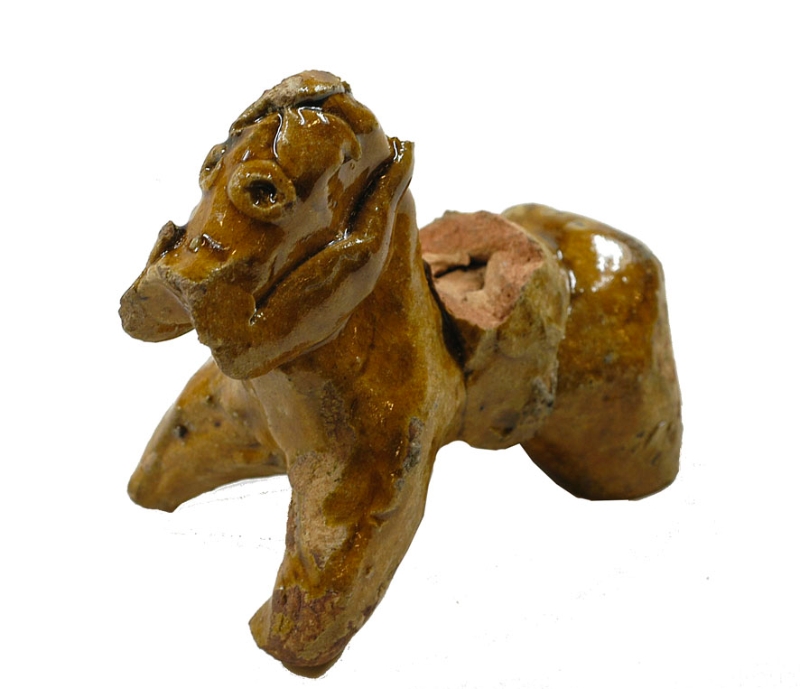 HISTORIA DEL ALCAZAR
HISTORIA DEL ALCAZAR -
Harley-Davidson motorcycle. 1935
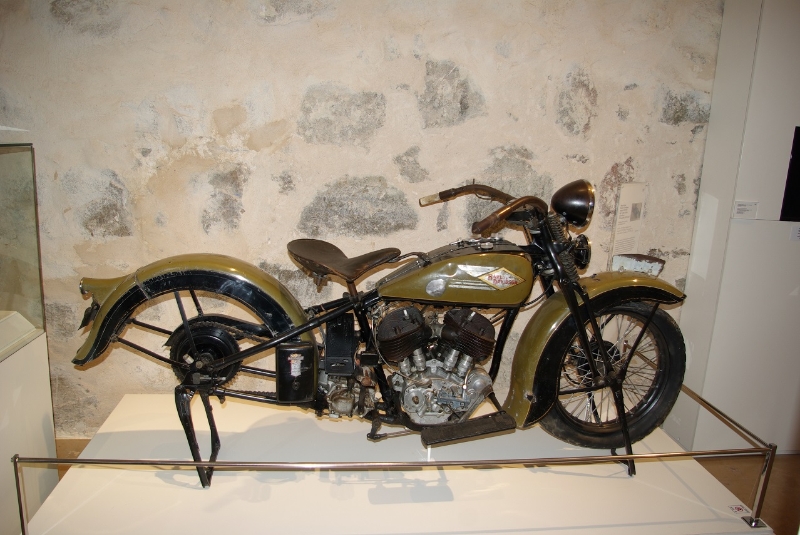 HISTORIA DEL ALCAZAR
HISTORIA DEL ALCAZAR -
The food is tasty”. 1941
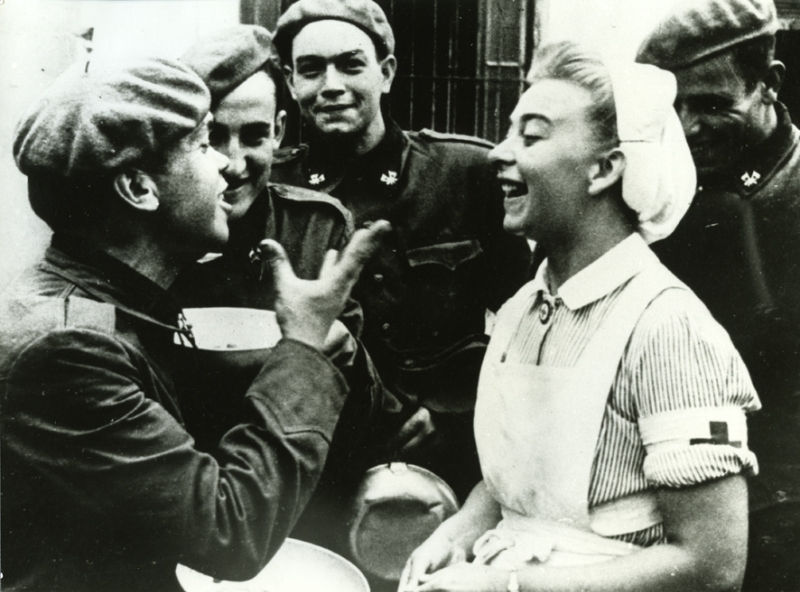 FOTOGRAFIA HISTORICA
FOTOGRAFIA HISTORICA -
Portraits of heroines
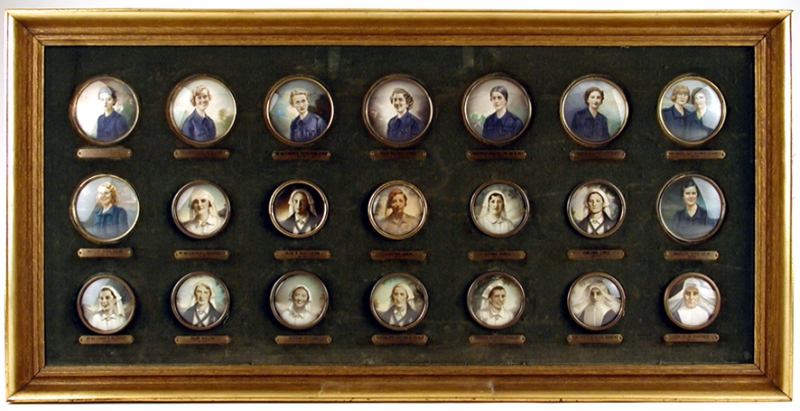 FOTOGRAFIA HISTORICA
FOTOGRAFIA HISTORICA -
Alfonso XII and Maria Christina of Austria with their daughter Maria de las Mercedes, Fernando Debas. 1880
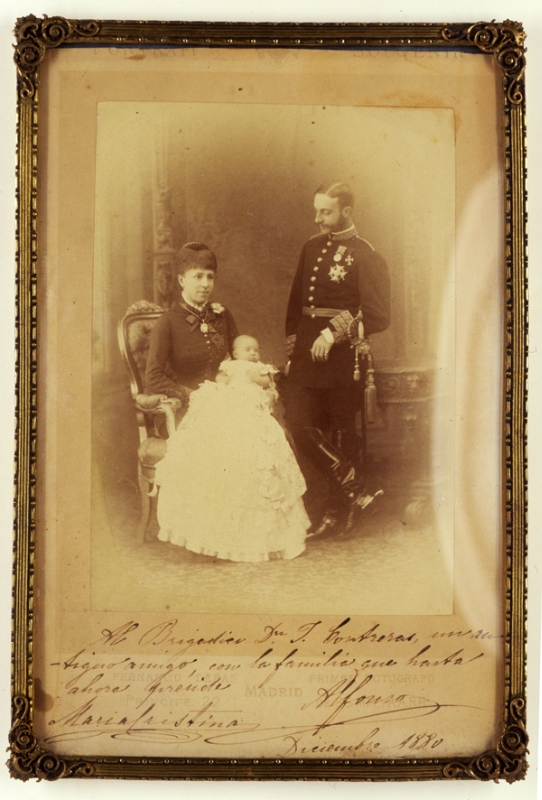 FOTOGRAFIA HISTORICA
FOTOGRAFIA HISTORICA -
Panoramic photograph of the Krupp Factory in Essen. 1870
 FOTOGRAFIA HISTORICA
FOTOGRAFIA HISTORICA -
Distinction Cross of the North
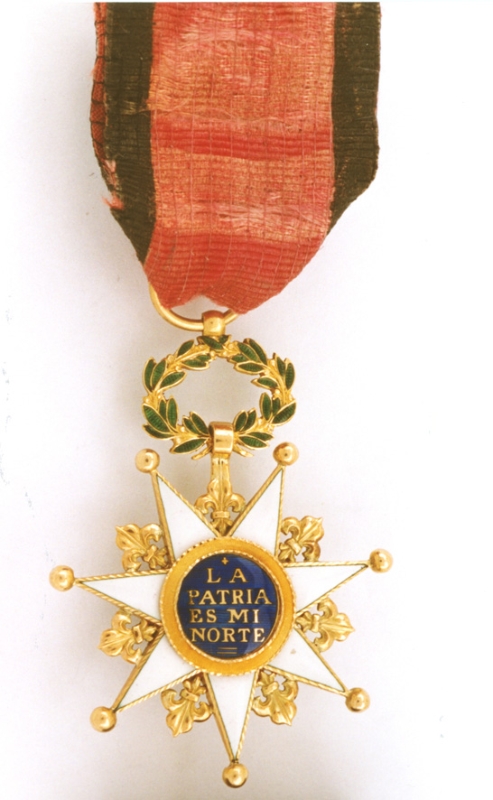 DECORATIONS
DECORATIONS -
Matchlock musket. 17th century
 COLECCION CASA DUCAL MEDINACELLI
COLECCION CASA DUCAL MEDINACELLI -
Scale model of the 92-cannon vessel known as San Rafael. 1650-1700
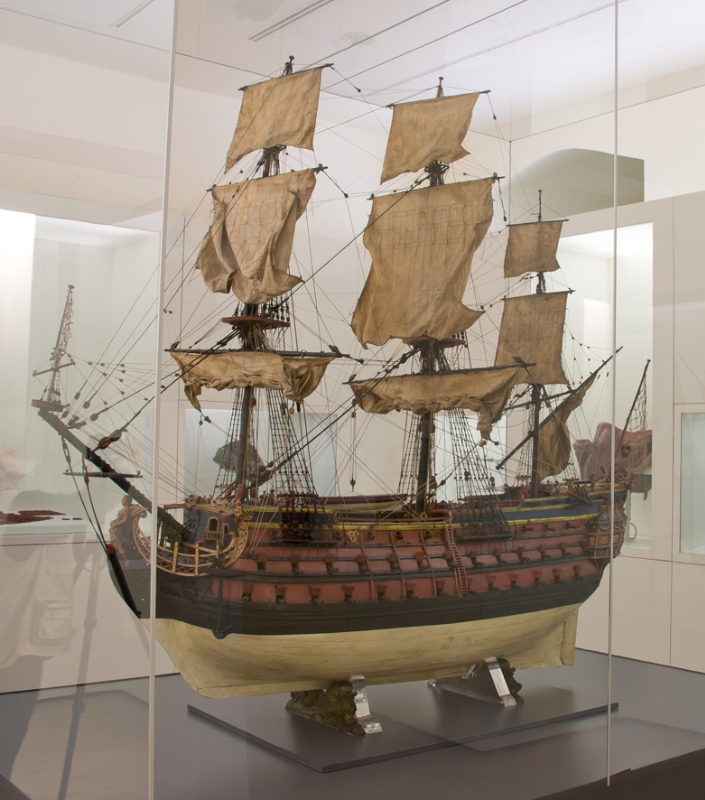 COLECCION CASA DUCAL MEDINACELLI
COLECCION CASA DUCAL MEDINACELLI -
Hunting cheek, 17th century
 COLECCION CASA DUCAL MEDINACELLI
COLECCION CASA DUCAL MEDINACELLI -
Duke of Feria’s armor
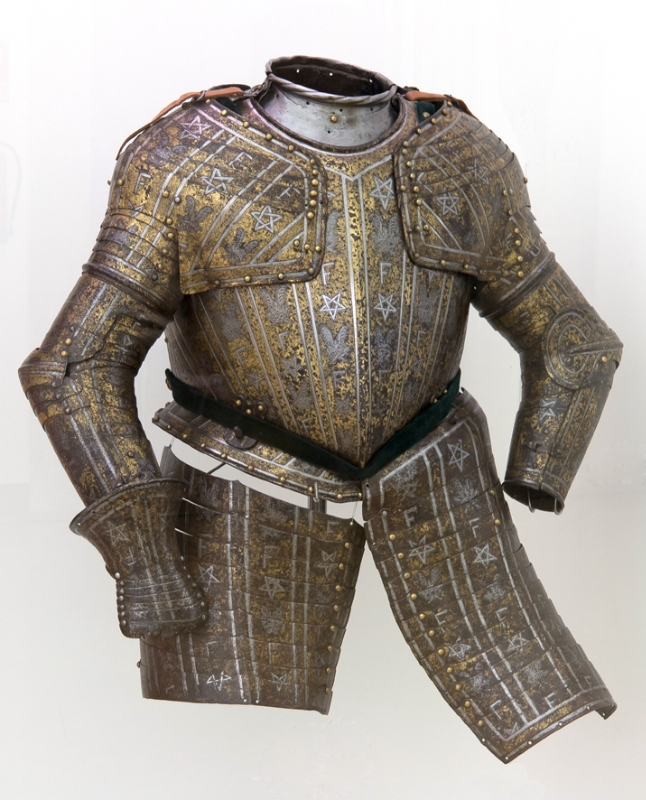 COLECCION CASA DUCAL MEDINACELLI
COLECCION CASA DUCAL MEDINACELLI -
German wheelock pistol for cavalry. 1583
 ARMAS DE FUEGO PORTATILES
ARMAS DE FUEGO PORTATILES -
Portable cannon or culverin. 1500
 ARMAS DE FUEGO PORTATILES
ARMAS DE FUEGO PORTATILES -
Submachine gun UZI
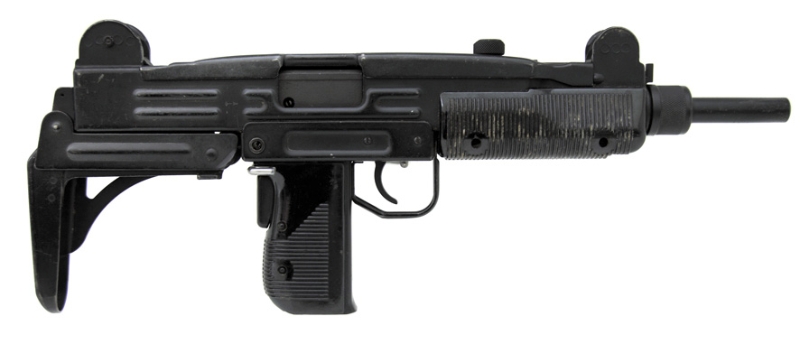 ARMAS PORTATILES
ARMAS PORTATILES -
Left-hand dagger. 17th century
 ARMAS BLANCAS
ARMAS BLANCAS -
Pappenheimer-type sword. 16th-17th centuries
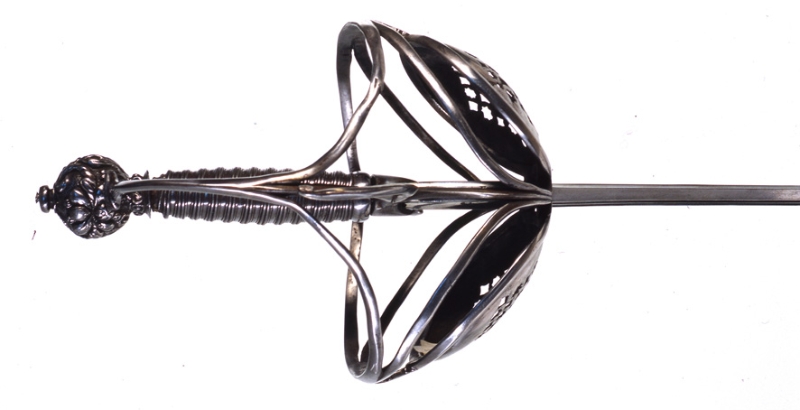 ARMAS BLANCAS
ARMAS BLANCAS -
Infantry officer sword. 1805
 ARMAS BLANCAS
ARMAS BLANCAS
